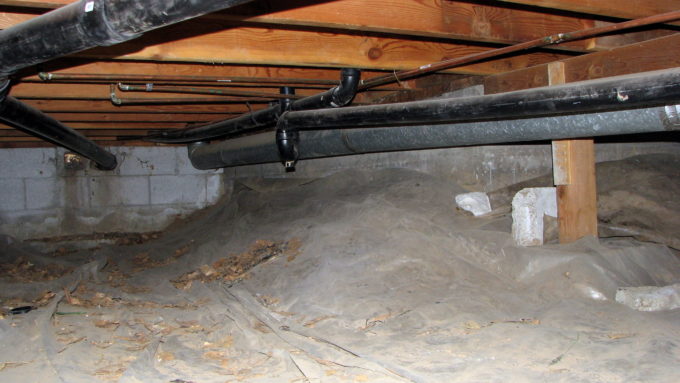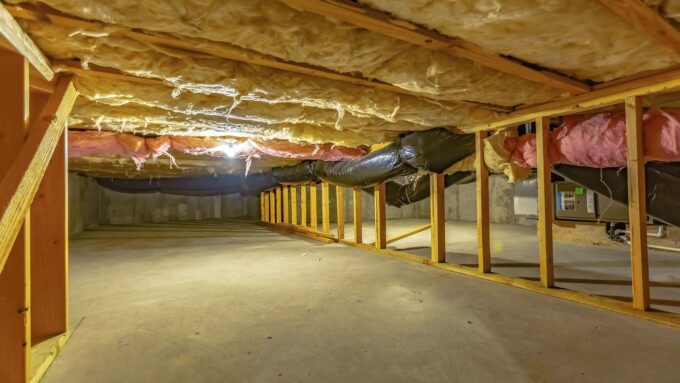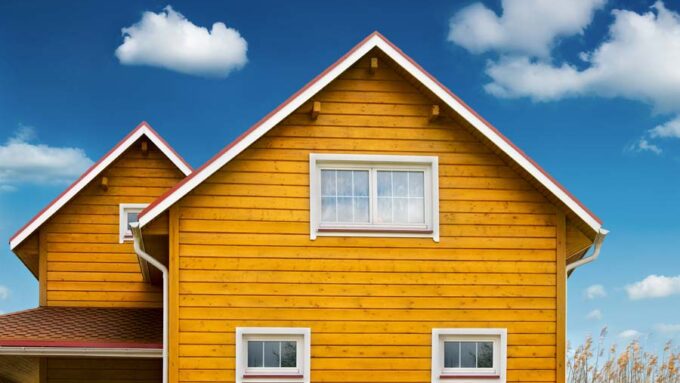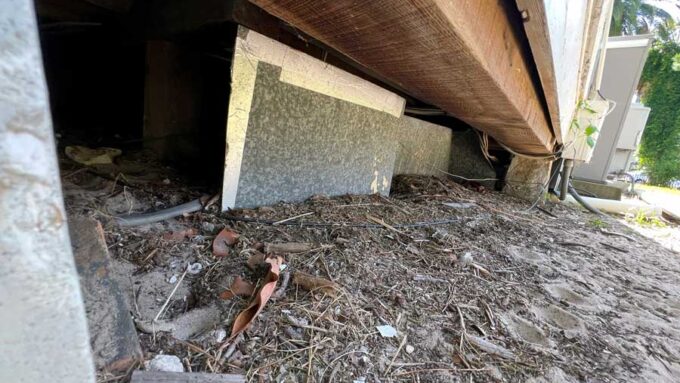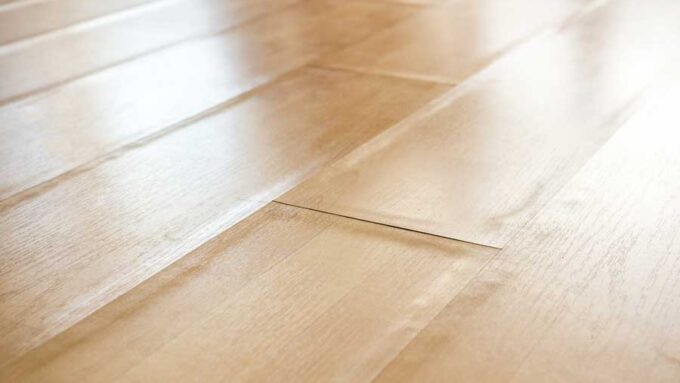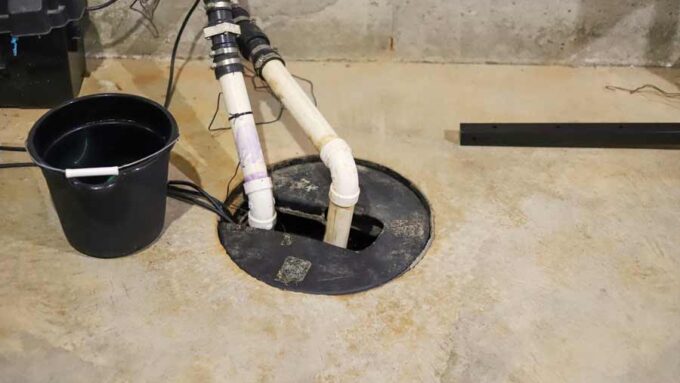It’s no secret that keeping crawl spaces dry and controlling humidity has been an on-going battle for as long as crawl spaces have been around.
Whether it’s due to a flawed design or consistently wet conditions, learning how to curb excessive crawl space humidity will prevent damage to the very structure of your home.
How Crawl Space Humidity Enters Your Home
Back when your home was built, everything was new and tightly sealed. As time has passed, your home has expanded and contracted primarily in response to heat and other weather conditions.
With time and lots of movement, those once-tight seals loosen up, allowing open spaces to develop between the crawl space and the first floor of your home.
As warm air in your home rises and exits through upper levels and the attic, air from the outside and your crawlspace enters your home through those first floor spaces. This outside air is pulled up and into the home from the crawl space, as it moves through the home on its journey to exit through upper levels and the attic.
If your crawl space is vented, it’s even easier for hot, moist, humid to be pulled through the vents and into your home.
And the cycle repeats.
Why Humidity is Destructive to Your Home
Humidity not only feels clammy and uncomfortable, it is extremely destructive to the structure of home.
Excessive humidity can cause:
- Musty odors and other unpleasant smells
- Airborne allergens, poor air quality
- Mold
- Rotting of wood, drywall, and other structural components
- Rusting of metal structural components
- Higher utility bills
Rodents will take up residence in your crawl space along with their excrement and remains when they die. You’ll notice strong, disgusting odors permeating throughout your home as this contaminated air is vented into your home from the crawl space.
Once mold sets in, microscopic mold spores become airborne, enter your home and make breathing the air dangerous for anyone suffering from allergies, asthma, or other upper respiratory conditions.
Rotting wood offers prime feeding conditions for destructive pests such as carpenter ants, termites, and beetles.
You may begin to notice damage such as sagging to wooden joists, floorboards, and metal support beams. Soft or uneven spots may show up in floors throughout your home.
Higher utility bills result from your air conditioner trying to condition the wet, heavy, humid air which takes much more energy to cool down.
Regulating Crawl Space Humidity
To regulate humidity in your home, the work begins in your crawl space.
A thorough inspection and cleaning of the space is usually in order, especially if you’ve been struggling with excess moisture and humidity for a long time.
Depending on the conditions, eliminating humidity in a crawl space may include installing a vapor barrier on the walls, sealing vents, and using fans and dehumidifiers to dry up existing moisture.
Conclusion
When it comes to keeping your crawl space dry and preventing humidity from damaging your home, it’s time to call in the professionals to resolve the issues both now and in the future.
To schedule an inspection and get the results you need, schedule an appointment with the experienced crawl space professionals at RCS in Santa Rosa.

